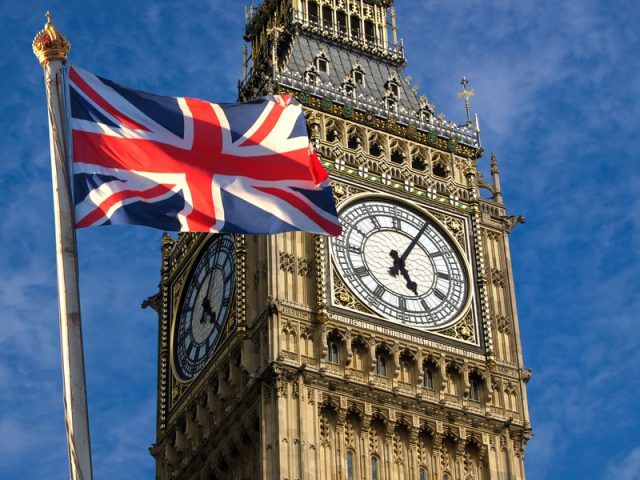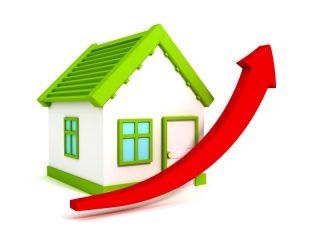London is Driving House Price Growth Yet Again, Shows Latest Data
Em Morley - November 15, 2016London is driving house price growth across the UK yet again, shows the latest official data from the Office for National Statistics (ONS)/Land Registry.
The figures for September – the most recent available – show an annual price increase of 7.7% across the UK as a whole, taking the average property value to £217,888. On a monthly basis, prices have risen by 0.2% since August.
House price growth
In England, prices rose by 8.3% year-on-year, to an average of £234,250. Since August 2016, prices were up by 0.2%.
Wales experienced an annual price increase of 4.4%, taking the average property value to £146,388. Month-on-month, prices rose by 0.2%.
In London, however, house price growth stood at 10.9% on an annual basis, pushing the average value up to £487,649. The capital experienced the greatest rate of monthly growth, at 1.4%, meaning it is now driving the UK yet again.
Annually, the East of England saw the greatest increase in property values, at 12.1%.
The North East experienced the lowest rate of annual growth, at just 1.5%. It also recorded the most significant monthly decline in prices, of 1.9%.
Average house prices by region
[table id=28 /]
Home sales
Between August and September, home sales dropped by 4.3%, with levels remaining lower than those seen in 2014, 2015, and before the Stamp Duty changes earlier this year.

London is Driving House Price Growth Yet Again, Shows Latest Data
Sales during July 2016, for which the most recent Land Registry figures are available, dropped by 28.1% in England, from 93,040 in July 2015 to 66,870.
The number of completed home sales in Wales fell by 23.4%, from 4,603 to 3,525 this year.
In London, home sales declined by a huge 43.3%, from 12,481 in July 2015 to 7,074.
There were 490 repossession sales in England in July 2016, and 54 in Wales.
The lowest number of repossession sales in England and Wales was in the East of England.
Commenting on the latest House Price Index, the Senior Economist at PwC, Richard Snook, says: “We now have three months of post-Brexit official housing figures, which show price growth remaining robust, but fewer properties changing hands. At the start of the year, we expected slower house price growth, but in fact, it has shown impressive resilience; in the first three quarters of the year, average annual house prices were up by around 8% across the UK compared to the same period last year.
“But high prices are causing some buyers to stay out of the market altogether. The ONS data shows residential transactions in September were just 93,000 – 11.3% lower than the previous year. This implies that underlying demand may be weakening as property becomes less and less affordable.”
The Founder and CEO of eMoov.co.uk, Russell Quirk, also comments: “Interesting to see London back behind the wheel and driving the UK property market once again, with the largest monthly increase. This, along with a number of other industry data sets, shows that the capital suffered from wobbly knees post-referendum, but now seems to have well and truly found its feet again. It will be interesting to see if, a few reports from now, Trump’s victory has any notably direct influence on the UK property market.
“We predict a slight price peak at the top end of the market, particularly in London, but little more than that. Elsewhere across the country, strong annual growth all-round.”
He adds: “Interestingly, the UK seems to be suffering from some form of property paralysis across the east, with both the south and North East seeing a monthly fall in prices, along with Yorkshire and the Humber.”

Annual House Price Growth at 5% in August, Show Official Figures
Annual house price growth stood at a solid 5.0% in August, up from 4.5% in July, according to the latest …

House Prices Up by 4% Annually in September, Reports Halifax
House prices rose by an average of 4% on an annual basis in September, according to the latest House Price …
London House Prices Drop for First Time in 8 Years
London is the weakest performing region for house price growth for the first time since 2005, with the average property …
Autumn House Price Bounce Failing to Materialise, with 1.2% Drop
The usual autumn house price bounce has so far failed to materialise, according to the latest House Price Index from …
ONS/Land Registry Release their House Price Index for July 2017
The latest official House Price Index from the Office for National Statistics (ONS) and Land Registry, for July 2017, has …